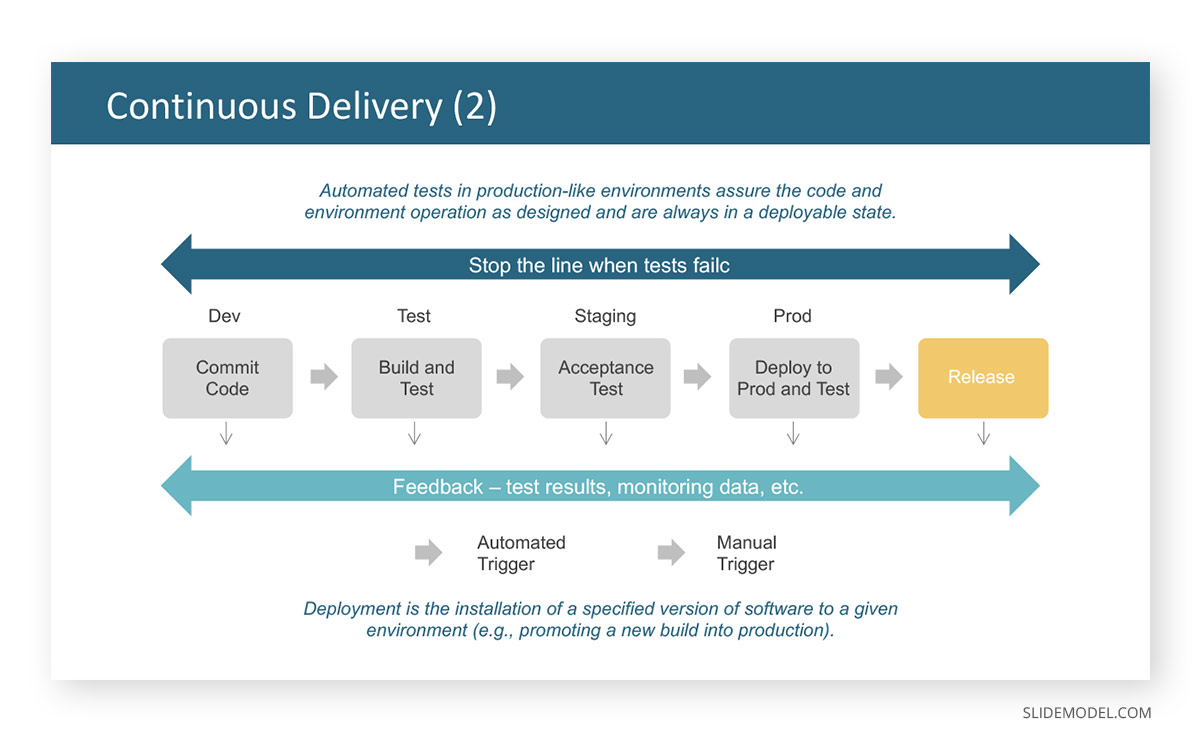
You might have heard of the term ‘Kata’ in martial arts, where it is used to practice and memorize the different patterns of movements. This is later practiced with a sparring partner or a group in the form of a ‘bunkai’ that is meant to help analyze the kata. In lean management, the term Kata is used similarly, referring to the way organizations adapt and improve by following a set routine based on different steps.
What is Kata?
Kata is a Japanese term for ‘form’ or choreographed patterns used in martial arts to practice various moves. Lean management implies two types of behavior: one for improvement and the other for coaching. The ‘improvement kata’ is a four-step routine for continuous improvement through determining the direction, grasping the current condition, establishing the next target condition, and experimenting against obstacles. Similarly, the ‘coaching kata’ includes a set of routines to learn the improvement kata.
Toyota Kata and Lean Management
Toyota Kata is the name of a management book by American researcher Mike Rother. The book explains the concept for both the improvement and coaching kata for continuous improvement. The observations in Rother’s book were based on the learnings from the Toyota Production System. The book defines management not as a ‘systematic pursuit of desired conditions’ but emphasizes the need for an organization to master effective routines for suitable solutions continually for sustained competitive advantage.
Improvement Kata
A four-part model from the Toyota Kata management is called the improvement kata. It is used for improving, adapting, and evolving amidst unpredictable circumstances to create a routine by which an organization can be directed in a meaningful way. The four parts of this model are explained in detail below.
1. Understand the Direction
The first step of the improvement kata entails understanding the direction. This means determining the target condition or the goal that is to be achieved.
2. Grasp the Current Condition
In order to achieve desired goals, it is important to reflect upon the current condition to better understand what steps might be needed to achieve the target.
3. Establish the Next Target Condition
Once the goal is set, and the current condition has been analyzed, it is important to move forward based on the next target condition that is to be achieved. Step 3 of the improvement kata emphasizes establishing the next target to progress towards the desired goal.
4. Experiment Against Obstacles
When looking for solutions to obstacles, there can be many methods that can be employed. However, not all of them might be as effective as one might deem them to be. Therefore, it is important to test these solutions in small experiments before they can be applied on a large scale. The fourth step of Toyota’s improvement kata is a kind of trial-and-error phase, where solutions are tested by running small experiments to determine the best way forward.

Coaching Kata
In an organization, it’s not just processes that can lead to improvement. It is also necessary to account for the needs and training of the people running the organization. Therefore, the coaching kata focuses on helping employees to develop the necessary skills and capabilities for continuous improvement.
Three Roles of the Coaching Kata
The coaching kata includes three roles, the learner, coach and 2nd coach.
Learner: A learner in the coaching kata applies the improvement kata by following the four-step approach of the kata. This application of the improvement kata is made in collaboration with the coach.
Coach: The coach ensures that the learner is properly using the improvement kata with the help of coaching cycles based on five questions of the coaching kata.
2nd Coach: Contrary to the conventional learning style, Toyota Kata’s coaching kata also includes a second coach. The purpose of this coach is to observe the way the first coach and learner work together and suggest improvements to the coach to help develop his/her coaching skills. This teaching style is similar to conventional Japanese martial arts styles. A senior black belt observes and helps a junior black belt, with level 10 considered the ultimate level of mastery.
Coaching Kata Questions
The coaching kata consists of five questions for conducting coaching cycles. These questions are as follows:
- What is the target condition?
- What is the actual condition?
- Obstacles that might be preventing the target condition?
- What is your next step?
- How quickly can we see what has been learned from taking that step?
The questions given above include the focus on the goal or target condition, grasping the current condition, looking into obstacles that need to be rectified for achieving the target condition, analyzing the next step, and determining how quickly it can be determined what has been learned from taking the measures in question 4.
The basic four questions of the coaching kata are in line with the four steps of the improvement kata, with the addition of the fifth question. This question helps in determining how quickly the learnings of the experiment conducted to overcome obstacles can be analyzed.
Implementing Kata to Improve Presentation Skills
Be it lean management or patterns learned in martial arts, the concept behind the kata can be applied to a number of disciplines. You can even use the Toyota Kata method to improve your presentation skills.
Determine Your Direction
Like Toyota Kata’s improvement kata, you should begin by determining the direction you intend to follow. Determine the target direction, based on what type of presentation skills and improvements you might want to see. For example, you might be looking to become an expert presenter and score your first contract using a pitch deck. In such a case, becoming good enough to persuade an investor with a compelling pitch deck might be your goal.
Understand Your Current Direction
Let’s assume that while you want to present a persuasive pitch deck, you might not be very good at it based on your analysis and feedback from friends and colleagues. This might mean that you need to identify and rectify the shortcomings of your presentation style. Hence, understanding your current direction will be your second step in the kata.
Establish the Next Direction
Once you have identified the issues with your presentation style, you can determine what steps to take to rectify them. This is the phase where you plan for improvements and the methods you would want to employ to achieve desired goals.
Experiment to Remove Obstacles
Like the improvement kata, you can experiment to remove obstacles tied to your presentation style. A good way to experiment while applying the improvements you have fleshed out would be to practice before family or friends. Once you are satisfied with the improvements, you can experiment further by delivering a presentation before an audience that has no consequences for your reputation. This might be a presentation on a voluntary basis for a group of students or new joiners, just to see how they react to your new presentation style. This can also help you determine if your changes have paid off or if you need to experiment further.
Improving Presentation Skills by Kata
As kata is a continuous process, you should continue to find new ways to improve as a presenter and look for necessary changes or value additions that might make you an effective presenter.
Analyzing the Results After Implementing Kata
There are various methods you can use to determine the results of your kata. Let’s say you are able to achieve your desired goal and score a contract after a few months of improvement. This might mean that you have been successful and can venture into other areas of improvement related to your presentation skills. On the contrary, your inability to achieve desired goals might mean going back to the drawing board.
There are a number of tools you can use for audience feedback and analysis of your presentation style, such as Presentain, Mentimeter, Hypersay and Poll Everywhere. These range from polling apps and clickers to Live presentation broadcasting services that provide detailed information about the audience, as they engage with your slides using handheld devices. An even simpler, yet effective method can be to get feedback from peers and mentors to see what might have been effective and which areas need improvement.

Final Words
A kata is a continuous process and repeated to achieve desired goals. Kata cannot be performed merely once to achieve mastery, be it in martial arts or when using Toyota Kata. Since kata involves a lot of trial and error, it is natural that the process will remain frustrating until you get things right. Therefore, patience and perseverance will be your anchors along the way. As all improvement processes are based on Plan-Do-Check-Act (PDCA), it is only natural that PDCA will also have an important role to play in your kata, whether you’re a learner, coach, or someone looking to apply the kata technique to improving your presentation skills.



